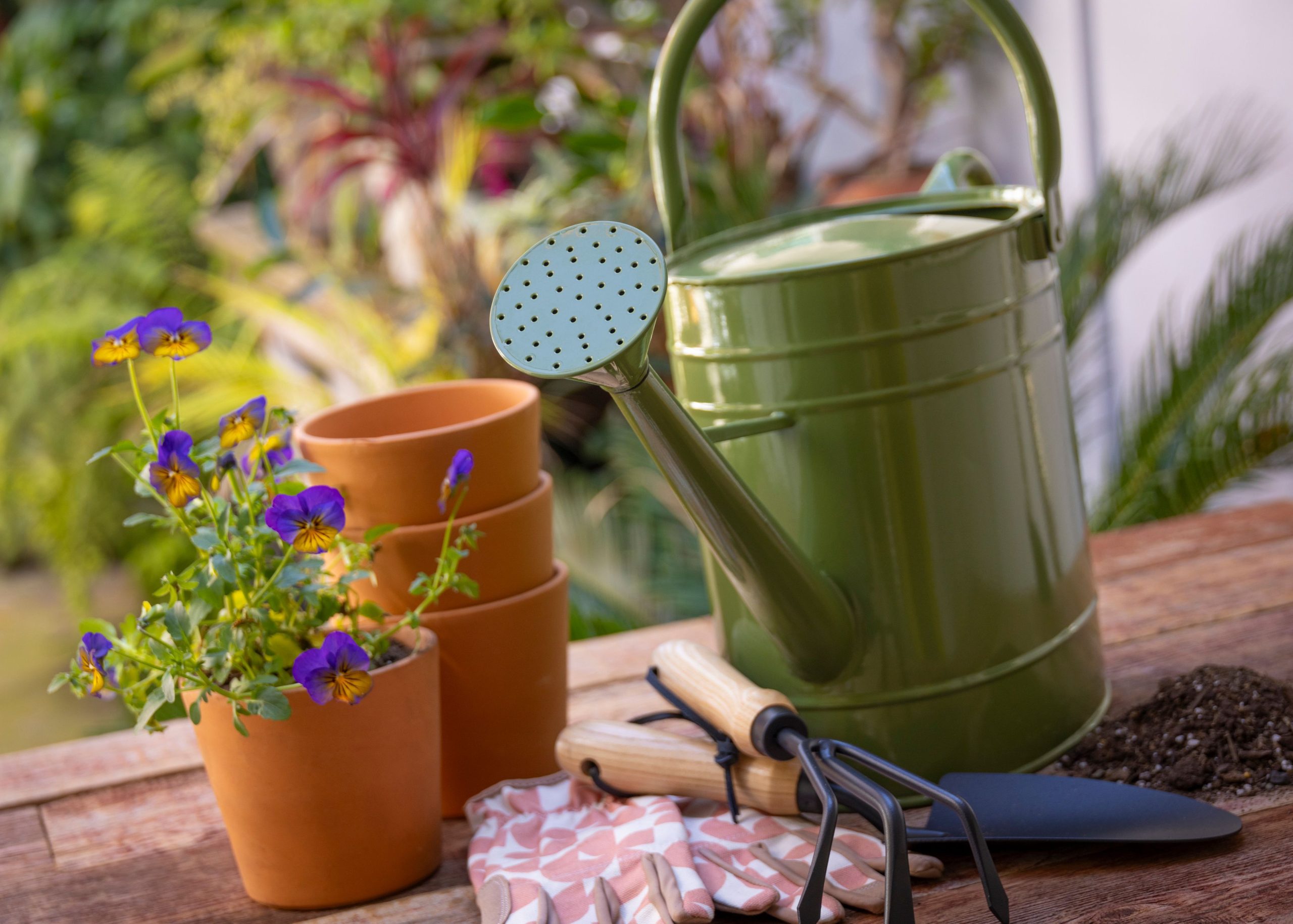As the deep chill of winter begins to loosen its grip, you might find yourself anxiously anticipating the first blooms of spring, especially as green chutes begin to poke through the thawing landscape.
But now is not the time to sit idly by, says U.K. gardening expert Fiona Jenkins. In order to ensure a thriving garden come spring and summer, critical tasks must be taken care of in late winter and early spring, or whenever the ground begins to thaw in your area. So get ready for peak season by adding the following projects to your to-do list.
Prepare the soil. Over the winter, weeds tend to accumulate as garden beds remain untouched. Prepare your soil for planting and the emergence of perennials by removing any weeds and stones, and raking the surface to create air flow and the optimal environment for seeds, new plantings and returning plants.
Get garden tools ready. Head to the shed or garage and prepare your garden tools for the season. Scour tools with hot water and a strong detergent, and oil metal tools, such as spades, hoes, trowels and rakes, to prevent rusting. Get rid of any tools that you have multiples of, as well as those that are broken and beyond repair.
Sow seeds indoors. Now is the time to start sowing fruit and vegetable seeds indoors, such as tomatoes, chillies and cucumbers. If you don’t have a greenhouse, a warm, sunny windowsill can also do the trick. According to Jenkins, early spring is also a good time to sow peas, carrots, spring onions and broad beans outdoors.
Plant summer bulbs. As soil begins to get warmer, now is the time to plant summer flowering bulbs, such as dahlias, begonias, lilies, peonies and gladioli. Planting these bulbs in March should lead to beautiful blooms come summer. Just be sure to protect them should a late spring frost occur.
Prepare the lawn. As your lawn begins to reveal itself once the snow and frost of winter is over, you’ll probably notice unwanted weeds and moss that have grown in the colder months. Start by tidying up the edges of your lawn, and feed the grass with a nutrient-rich fertilizer. Plant more grass seed as needed to boost thickness, and once the frost is past and growth begins, you may want to begin a regular mowing schedule.
Clean up debris. Before you bring out your patio furniture and start repainting fencing, and scrubbing down porches and decks, do a wide sweep to clean up any debris that has accumulated in your yard over the winter. You’ll likely have an array of branches and leaves that need to be removed, since they can harbor bacteria that might infect your plants. Throw any natural materials into your compost pile.
As you take on these gardening tasks, remember that the effort you put in now will allow you to sit back and enjoy a lush and beautiful landscape when the summer season is in full bloom.











